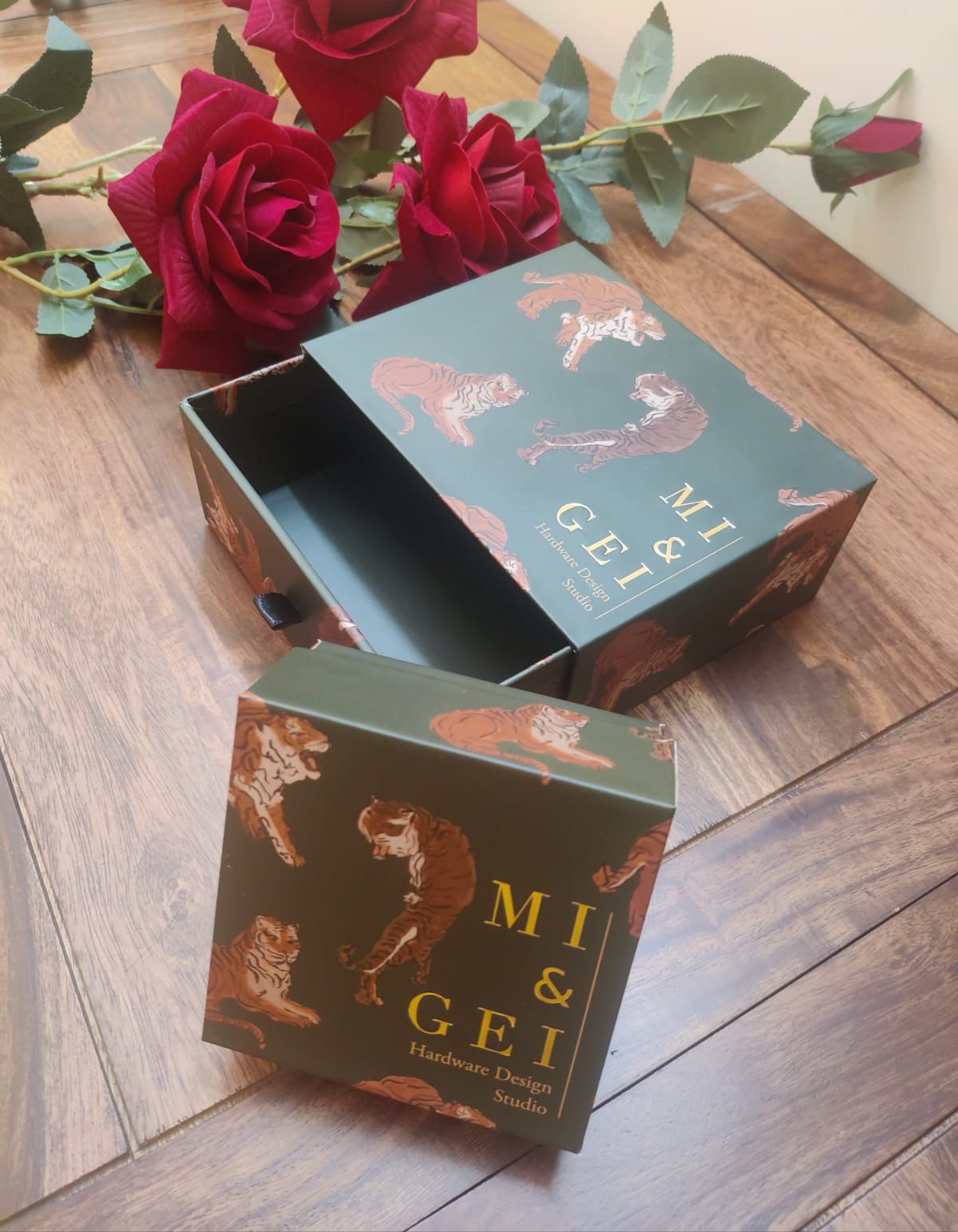In the world of luxury, packaging plays a crucial role. It is the first point of contact between a brand and its consumers, setting the stage for what’s to come. Over the last few years, we have witnessed a significant evolution in the way luxury packaging is designed and perceived. Let’s delve into this transformation.
Traditionally, luxury packaging was synonymous with opulence. High-end brands often relied on heavy, ornate boxes, rich fabrics, and metallic accents to convey exclusivity. However, the last few years have seen a shift towards a more minimalist and eco-conscious approach. Luxury brands have recognized the importance of sustainability, and this has led to a reimagining of packaging.
One noticeable trend is the reduction of excess. Many luxury brands have embraced the “less is more” philosophy. They’ve moved away from bulky packaging and embraced simplicity. Clean lines, minimalistic designs, and a focus on the brand’s logo or emblem are becoming increasingly common. This not only reduces waste but also resonates with the modern consumer’s desire for simplicity and functionality.
Another significant shift in luxury packaging is the increased use of eco-friendly materials. Brands are now prioritizing sustainable sourcing, recyclability, and biodegradability. Materials like recycled cardboard, FSC-certified wood, and reusable fabric bags are becoming the norm. This not only aligns with environmental concerns but also enhances a brand’s image by portraying a commitment to responsible consumption.
Incorporating technology is another remarkable change in luxury packaging. Brands are leveraging QR codes, near-field communication (NFC) tags, and augmented reality (AR) to create interactive packaging experiences. Customers can scan a code to access product information, watch behind-the-scenes videos, or even customize their purchases. This fusion of tech and luxury adds an extra layer of engagement and exclusivity.
Personalization is on the rise too. Luxury brands are using packaging to provide a more tailored experience. Customized monograms, handwritten notes, and unique color schemes make customers feel special. It’s about creating a connection between the product and the buyer, going beyond the material value.
Collaborations with artists and designers have also reshaped luxury packaging. Limited-edition packaging, featuring the work of renowned artists, creates a sense of collectibility and elevates the perceived value of the product. These collaborations bring a touch of uniqueness to each purchase.
Furthermore, an emphasis on functionality is changing the game. Luxury packaging is no longer just about aesthetics; it must serve a purpose. Many brands are designing packaging that can be repurposed, such as perfume bottles that transform into decorative pieces or bags that become keepsake boxes. This duality ensures that the packaging remains a part of the consumer’s life long after the product is used.
Social media has played a significant role in this evolution. Luxury brands understand that the unboxing experience is often shared online. As a result, they invest heavily in creating Instagram-worthy moments. Packaging has become an integral part of the storytelling process, helping brands reach a wider audience and reinforcing their image.
In conclusion, the evolution of luxury packaging in the last few years is a reflection of changing consumer values and technological advancements. The move towards sustainability, personalization, and functionality, as well as the integration of technology, have reshaped the luxury packaging landscape. It’s no longer just about extravagance; it’s about connecting with consumers on a deeper level and leaving a lasting impression. The future of luxury packaging will likely continue to intertwine aesthetics, sustainability, and innovation, setting new standards for exclusivity in the years to come.

Recent Posts
- Luxury Packaging & Custom Luxury Boxes in the United States and Canada.
- Buy Window Cut Display Box With Ribbon
- Papers Gallery: Pioneering Sustainable and Vegan Packaging Solutions
- 10 Tips for creating customized cardboard packaging boxes for Christmas gifts!
- Delivering High-Quality Sustainable Packaging Boxes for a Greener Future
